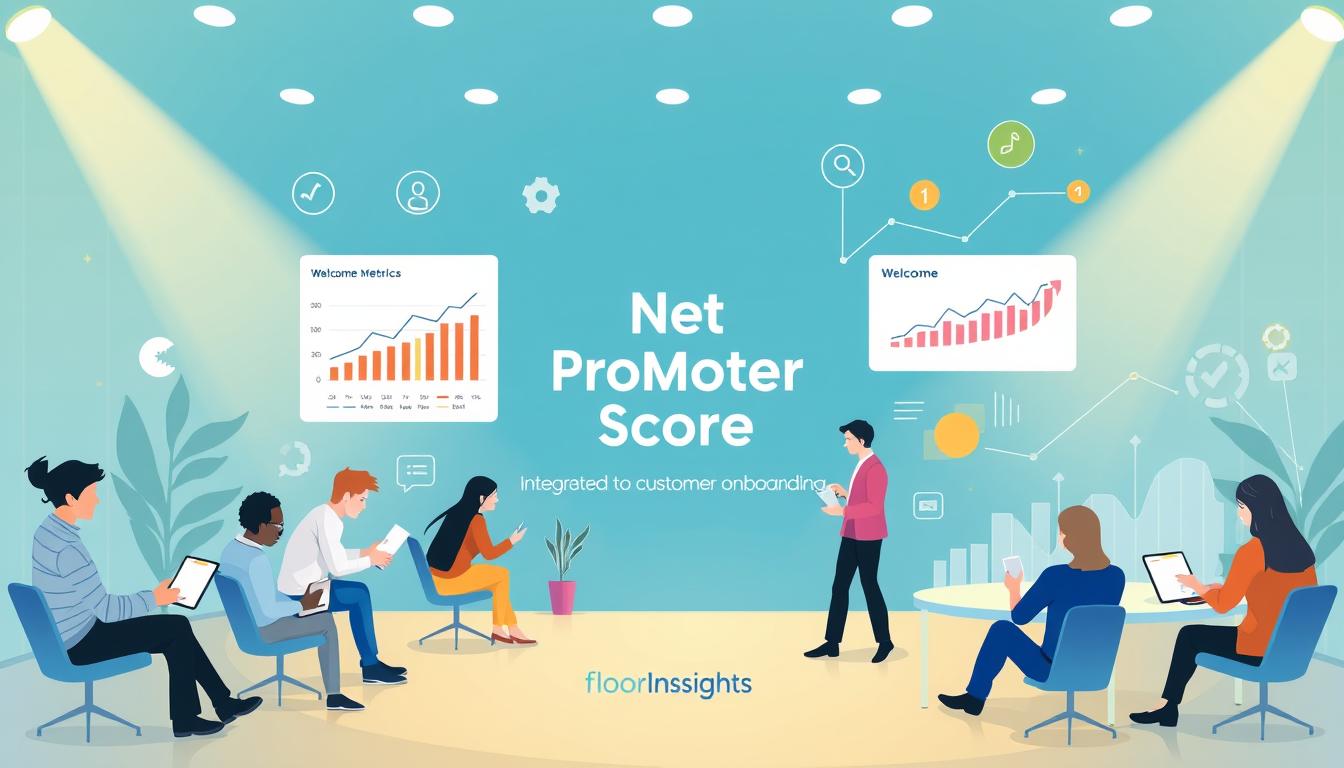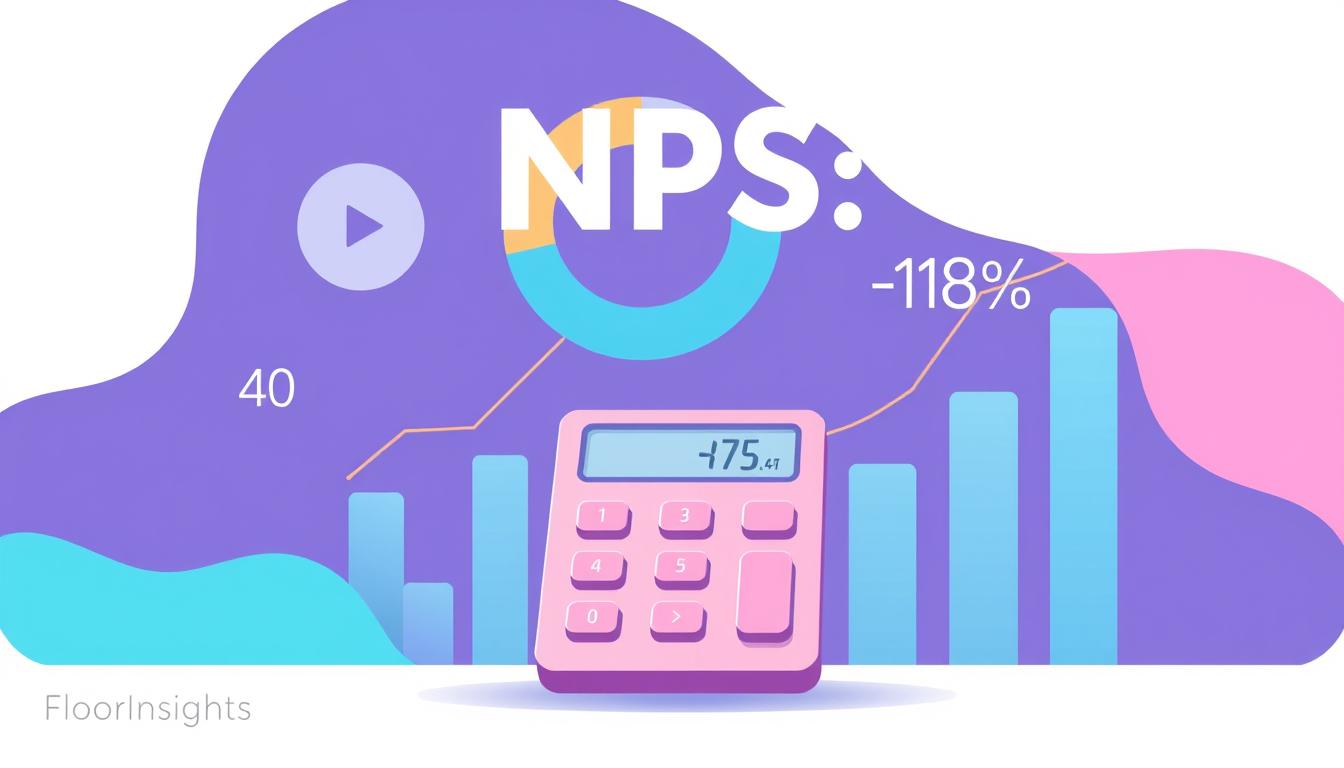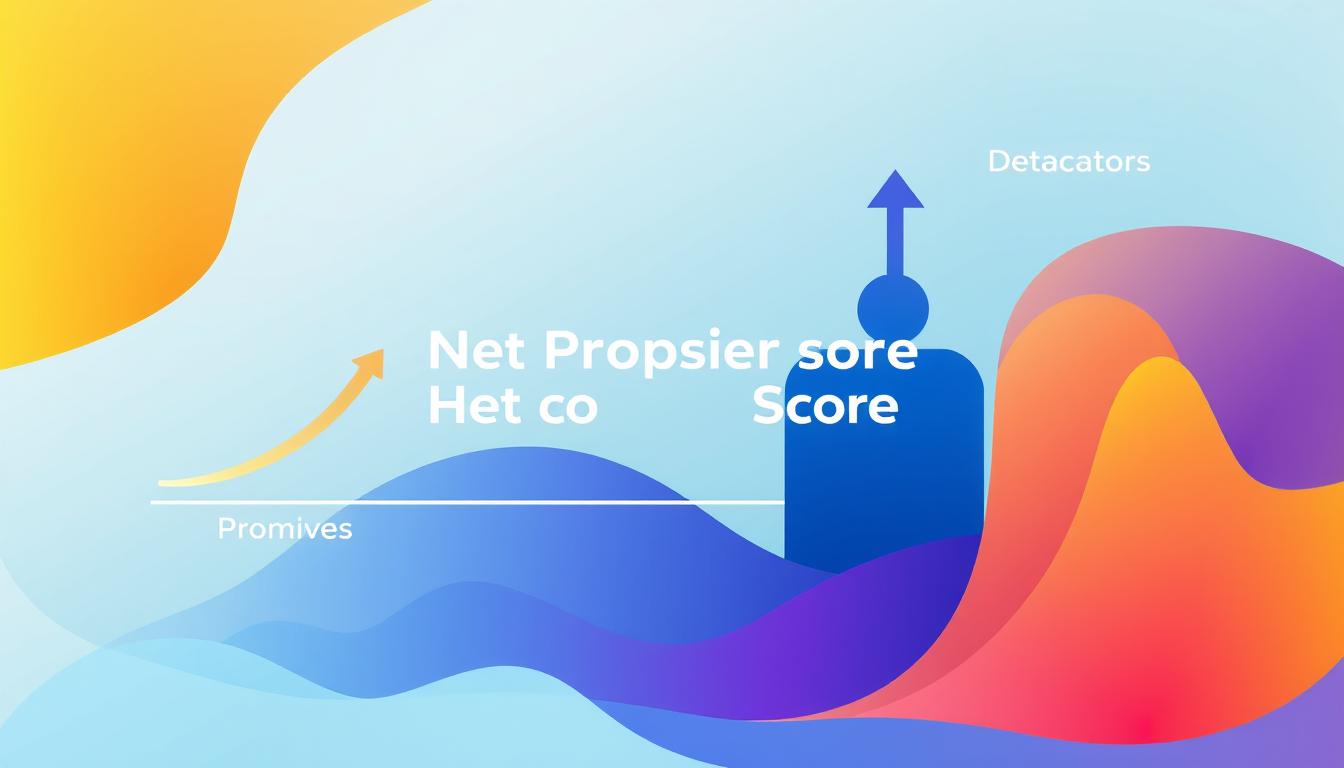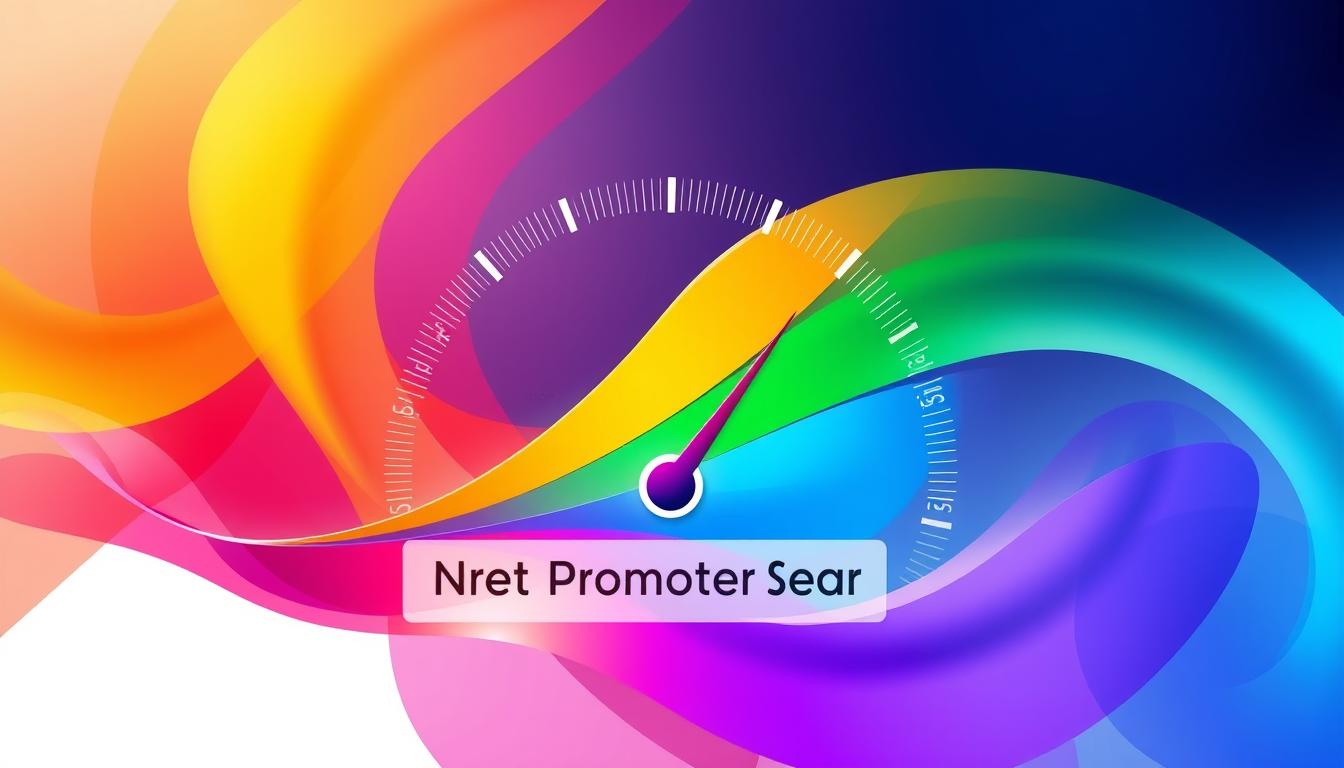In the ever-evolving landscape of retail, we recognize the profound impact of the Net Promoter Score (NPS) on customer satisfaction and loyalty. A pivotal element in enhancing NPS lies within effective customer onboarding practices. When we prioritize seamless customer onboarding, we create exceptional customer experiences that not only meet but exceed expectations from the outset. By establishing a well-structured onboarding process, we foster increased loyalty and referrals, essential components of robust retail brand management. Our focus will be on innovative strategies that transform customer interactions into positive assessments, thereby directly influencing NPS outcomes.
Key Takeaways
- The Net Promoter Score is crucial for measuring customer loyalty.
- Effective onboarding best practices foster positive customer experiences.
- Structured customer onboarding processes lead to improved NPS.
- Increased loyalty and referrals are key to retail brand management.
- Innovative strategies can enhance customer interactions and satisfaction.
Understanding NPS and Its Importance
In the competitive landscape of today’s business world, the Net Promoter Score (NPS) has emerged as a powerful metric to gauge customer loyalty and satisfaction. NPS serves as an indicator of how customers view a brand, shedding light on their likelihood of recommending it to others. By analyzing this score, we can comprehend the overarching impact on business effectiveness.
The calculation of NPS is straightforward. Customers respond to a single question: “On a scale from 0 to 10, how likely are you to recommend our company to a friend or colleague?” Based on their answers, customers fall into three categories:
- Promoters (scores 9-10): These customers exhibit strong customer loyalty. They are more likely to make repeat purchases and advocate for the brand.
- Passives (scores 7-8): While satisfied, these customers are vulnerable. They can easily switch to competitors if a better option arises.
- Detractors (scores 0-6): These individuals may lead to negative word-of-mouth. Their dissatisfaction can harm the brand’s reputation.
Understanding NPS significance goes beyond number crunching. It outlines a direct correlation between a high NPS and retained customers. Businesses that foster strong relationships with their Promoters enjoy increased customer retention rates and repeat purchases. Low scores, on the other hand, highlight areas requiring immediate attention.
In essence, a robust NPS serves as a valuable tool for any company aiming to harness the full potential of customer loyalty. By focusing on enhancing the customer experience, businesses can ensure sustained growth and profitability in a constantly evolving market.
The Role of Customer Onboarding in Enhancing NPS
Customer onboarding plays a vital role in shaping the initial customer experience. A well-crafted onboarding strategy not only welcomes new users but also sets a solid foundation for their ongoing relationship with our brand. By prioritizing customer onboarding, we can effectively enhance NPS, ensuring that customers feel valued and informed from their very first interaction.
Key components of successful customer onboarding include:
- Timely Communication: Regular updates keep customers in the loop and convey our commitment to their satisfaction.
- Personalized Interactions: Tailoring experiences according to individual customer needs fosters a connection and builds trust.
- Educational Resources: Providing comprehensive guides helps customers understand our products or services, reducing frustration and enhancing satisfaction.
Each of these elements not only contributes to a positive initial customer experience but significantly impacts customer satisfaction. Customers who feel supported and informed during onboarding are more likely to promote our brand, thus improving our NPS.
Key Onboarding Best Practices to Boost Customer Satisfaction
Implementing onboarding best practices is essential for businesses aiming to enhance customer satisfaction. By focusing on effective onboarding strategies, we can create positive customer experiences right from the start. Here are some crucial practices we should adopt:
- Provide Clear Instructions: Offer step-by-step guidance to help customers understand how to use our products or services. Clear instructions minimize confusion and foster confidence.
- Showcase Product Features: Highlight the key features that deliver value. This allows customers to appreciate the benefits, reinforcing their choice to engage with our brand.
- Ensure Easy Access to Support: Make support readily available through various channels. Whether via chat, email, or phone, prompt assistance can significantly influence customer satisfaction.
- Utilize Feedback Loops: Regularly gather and analyze customer feedback. These insights enable us to continuously refine our onboarding processes, aligning them with customer needs.
By integrating these practices, we are poised to boost customer satisfaction significantly. Each step taken towards effective onboarding not only enhances the initial experience but lays the groundwork for lasting loyalty.
| Onboarding Practice | Impact on Customer Satisfaction |
|---|---|
| Clear Instructions | Reduces confusion and builds confidence. |
| Showcasing Features | Enhances value perception and engagement. |
| Accessible Support | Improves resolution times and customer trust. |
| Feedback Loops | Ensures continuous improvement and relevance. |
Net Promoter Score: Measuring Customer Loyalty
The Net Promoter Score (NPS) serves as a vital benchmark for measuring customer loyalty across various industries. This metric allows us to gauge our customers’ sentiments and their likelihood to recommend our products or services. The systematic approach to NPS calculation involves gathering customer feedback through well-designed surveys that highlight their experiences and satisfaction levels.
To execute an effective NPS calculation, businesses typically segment customers into three groups: Promoters, Passives, and Detractors. This classification enables us to understand the overall loyalty trends within our customer base and draw valuable insights from the data collected. By measuring customer loyalty through NPS, we can identify strengths and areas for improvement in our offerings.
Interpreting NPS data requires attention to detail. We analyze the responses to draw conclusions not only about customer satisfaction but also about future potential growth. It becomes essential to explore various loyalty metrics that align with our organizational goals. Tracking these metrics allows us to measure the impact of changes made based on customer feedback.
Furthermore, consistency in surveying our customers contributes to developing a deeper relationship with them. Using NPS effectively creates a feedback loop that enhances our ability to make informed decisions. Using insights from customer feedback strengthens our market position and ultimately leads to better customer experiences.
| Category | Description | Action Items |
|---|---|---|
| Promoters | Customers who rate us 9-10. They are loyal and enthusiastic. | Encourage referrals, engage through exclusive offers. |
| Passives | Customers who rate us 7-8. They are satisfied but vulnerable to competitors. | Seek their feedback to improve, target with loyalty rewards. |
| Detractors | Customers who rate us 0-6. They are unhappy and may discourage others. | Address their issues promptly, gather feedback on their concerns. |
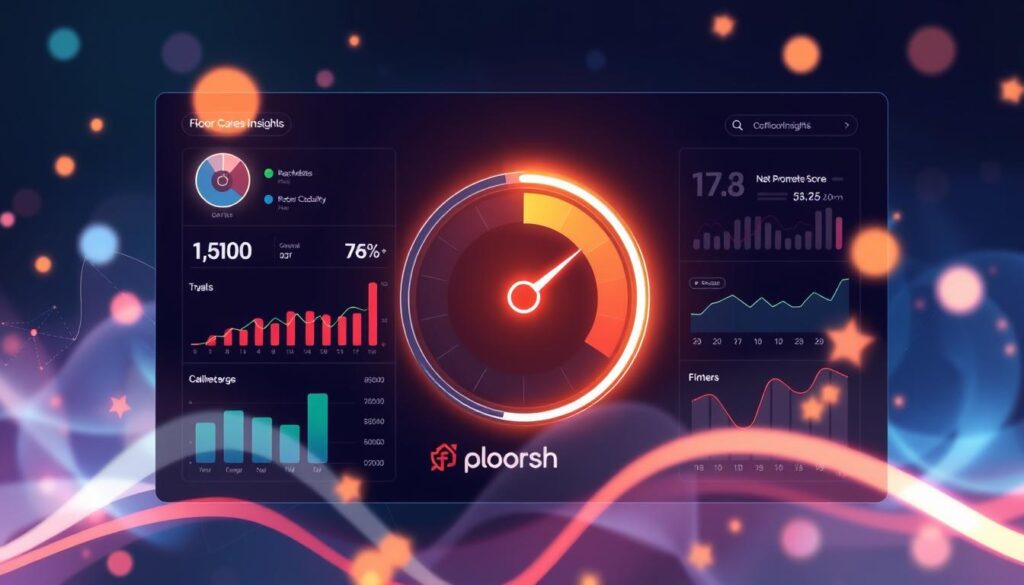
Utilizing Surveys and Feedback Mechanisms
Collecting customer feedback plays a significant role in enhancing our onboarding processes. Surveys and consistent review mechanisms provide valuable customer insights that can guide our improvements. By implementing effective methodologies, we can ensure that customer experiences are both positive and productive.
How to Get Feedback from Customers
One effective way to gather customer feedback is through strategically designed surveys. These surveys should include questions that encourage candid responses while catering to our specific objectives. Key strategies include:
- Employing clear and concise language in survey questions.
- Utilizing a mix of quantitative and qualitative questions to capture detailed customer insights.
- Offering incentives to encourage participation, such as discounts or loyalty points.
- Making surveys easily accessible through various platforms, including email and mobile applications.
Methods to Get Customer Reviews
Encouraging customers to share their experiences through effective methods to get customer reviews is vital. We can enhance our customer feedback loop by implementing the following tactics:
- Asking for reviews immediately after a successful interaction with our service or product.
- Providing templates or specific prompts to guide customers in formulating their feedback.
- Highlighting existing reviews to inspire others to contribute their insights.
- Utilizing multiple channels such as social media, our website, and third-party review sites.
Consistent Brand Messaging and Its Impact on NPS
Ensuring a cohesive approach to brand messaging throughout the customer onboarding journey proves vital in influencing customer experiences. When we prioritize maintaining brand image during onboarding, we foster trust and familiarity that encourages long-lasting relationships. A consistent brand message showcases our commitment to quality and creates a noticeable impact on NPS.
Maintaining Brand Image During Onboarding
During the onboarding process, every touchpoint offers an opportunity to reinforce our brand image. We should ensure that all materials and communications align with our established identity. This alignment facilitates a seamless experience for customers as they engage with our products or services. Key strategies include:
- Utilizing brand-specific visuals and language in onboarding materials.
- Training staff to convey brand values distinctly and consistently.
- Gathering feedback from customers to fine-tune the onboarding process in relation to brand messaging.
The Importance of Brand Consistency
Brand consistency plays a critical role in optimizing the impact on NPS. When customers perceive a unified brand presentation, their journey feels coherent. Consistency across all platforms enhances recognition and creates a strong emotional connection.
- Increased Customer Trust: Familiarity builds confidence in our offerings.
- Improved Customer Retention: Satisfied customers are less likely to switch brands.
- Positive Word-of-Mouth: Consistently delivering on brand promises encourages referrals.
Our commitment to maintaining brand consistency not only boosts customer satisfaction but also directly correlates with elevated NPS. Below is a table showcasing the benefits of effective brand messaging and consistency.
| Benefit | Description | Impact on NPS |
|---|---|---|
| Trust | Familiar and reliable experiences lead to customer confidence. | Higher NPS due to increased loyalty. |
| Retention | Happy customers are less likely to look for alternatives. | Increased NPS as repeat customers promote brand loyalty. |
| Referrals | Satisfied customers recommend us to peers. | Positive influence on NPS through new customer acquisitions. |
Leveraging Retail Audit Software for Better Onboarding
Effective onboarding is essential for cultivating customer loyalty and enhancing the Net Promoter Score (NPS). Implementing retail audit software can facilitate significant onboarding improvements by providing valuable insights into customer experiences. These tools enable companies to track and evaluate the onboarding process, ensuring that every interaction is optimized to meet customer expectations.
Utilizing audit solutions assists in identifying potential bottlenecks in the onboarding workflow. By integrating these systems into existing processes, we can monitor various aspects of onboarding and apply process enhancement strategies based on actionable insights. This clarity helps us recognize areas needing attention, which can transform the onboarding experience.
- Improved Data Tracking: Retail audit software enhances data collection on customer interactions, allowing us to analyze trends and pain points.
- Timely Feedback: We can gather feedback promptly, enabling adjustments to be made in real-time rather than after the fact.
- Customized Onboarding Paths: Insights derived from audits allow the creation of tailored onboarding experiences that resonate with specific customer segments.
Implementing these audit solutions effectively not only streamlines workflows but significantly improves the customer journey. The goal is to create a seamless experience that enhances satisfaction levels and ultimately leads to a higher NPS.
| Feature | Benefit |
|---|---|
| Data Analytics | Informed decision-making for onboarding strategies |
| Real-time Monitoring | Immediate action on feedback and insights |
| Process Customization | Personalized experiences tailored to customer needs |
Market Research Testing for New Products
In our ongoing pursuit of effectively launching new products, we recognize the pivotal role of market research testing. This process is integral not only for gauging initial demand but also for shaping our product development insights. By engaging in thorough market testing, we can identify potential pitfalls and refine our offerings prior to the new product launch, ensuring we meet customer expectations and enhance overall satisfaction.
Importance of Market Testing for New Products
The value of market testing lies in its capacity to provide actionable feedback before a full-scale launch. Implementing market research testing allows us to understand consumer preferences, assess how well our product addresses their needs, and adapt our strategy accordingly. By gathering insights during this phase, we can significantly improve the chances of success, ultimately boosting our Net Promoter Score through satisfied customers who feel heard and valued.
Moreover, effective market research can guide not only our product features but also our branding efforts. Exploring various methodologies, such as focus groups and surveys, helps us uncover crucial product development insights that can inform everything from marketing tactics to customer engagement strategies. In a competitive landscape, understanding the market testing importance cannot be overstated; it is the backbone of our approach to delivering unparalleled value to our customers.
FAQ
What is Net Promoter Score (NPS) and why is it important?
NPS is a metric used to measure customer loyalty by asking customers how likely they are to recommend a brand to others. Understanding NPS is crucial because a high score correlates directly with customer retention, repeat purchases, and overall profitability. It reflects customer satisfaction and provides insight into areas for improvement in our customer onboarding process.
How can effective customer onboarding enhance NPS?
Effective customer onboarding creates positive customer experiences right from the start, thereby enhancing NPS. By ensuring timely communication, personalized interactions, and educational resources during the onboarding process, we can significantly increase customer satisfaction and loyalty.
What are key onboarding best practices to improve customer satisfaction?
To improve customer satisfaction, we recommend practices such as providing clear instructions, showcasing product features effectively, and ensuring easy access to support. Additionally, establishing feedback loops can help us refine our onboarding processes continuously.
How can we utilize surveys to get feedback from customers?
We can utilize surveys by crafting specific and actionable questions that yield valuable customer insights. Encouraging customers to provide their feedback through these surveys enables us to understand their experiences better, helping refine our onboarding and overall service delivery.
Why is maintaining brand consistency important during onboarding?
Maintaining brand consistency during onboarding is essential because it fosters trust and familiarity among customers. A coherent brand image helps us establish a stronger connection with customers, ultimately contributing to higher NPS and enhanced customer retention.
How can retail audit software improve our onboarding process?
Retail audit software can provide actionable insights that help us monitor and improve our onboarding experiences. By integrating audit solutions into our processes, we can identify strengths and weaknesses in our onboarding strategy, leading to enhancements in customer interactions and higher NPS.
What is the importance of market research testing for new products?
Market research testing is crucial for the success of new products because it allows us to gather feedback before a launch. Insights acquired from market testing can inform our product development and branding strategies, ultimately enhancing customer satisfaction and improving NPS.
Related Posts
- NPS vs Customer Satisfaction: Key Differences
- How NPS Helps Enhance CRM Strategies – NPS in Customer Relationship Management (CRM)
- The Role of NPS in Customer Success Metrics – NPS for Customer Success Teams
- How Ecommerce Companies Can Leverage NPS
- How NPS Shapes the Customer Experience in a Digital World – NPS in Digital Transformation
- How to Use NPS Data to Reshape Your Customer Support Strategy – NPS in Customer Service
- Using NPS Feedback to Personalize the eCommerce Experience – NPS and eCommerce
- How AI-Driven Personalization Can Enhance NPS – NPS and Personalization

